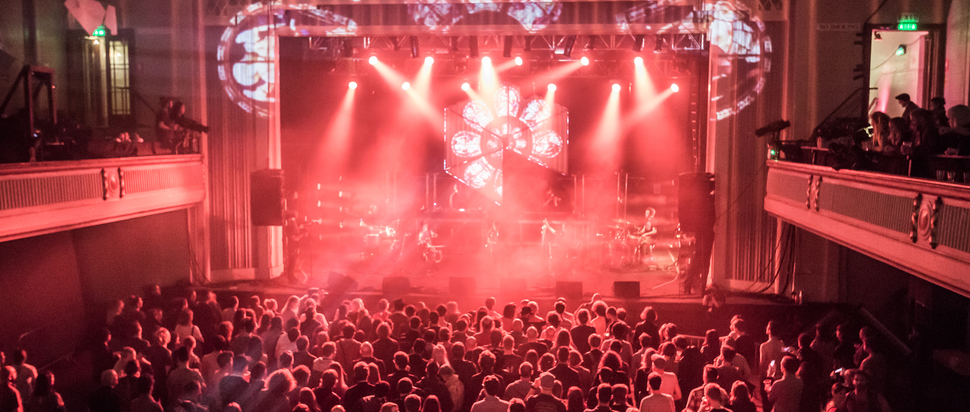The Rise of Community-Led Festivals in Scotland
The teams behind Southside Fringe and Hidden Door to find out why and how they set up their community-led festivals
In 2009, Corinna Currie became aware of a paradox: although many creatives lived in Glasgow’s Southside, the area provided few outlets for creativity. There was the Southside Festival, but, she felt it “provided very little content that truly expressed the creative identity of the area.”
So she, alongside comedian Bruce Morton and actors Vince Docherty and Karen Fraser, formed Further South, to create "new platforms for the creative folks living on the Southside of Glasgow.” With the help of music promoter Crawford Smith, this group eventually became the Southside Fringe, which launched in May 2013. Now in its seventh year, it's the largest community-run festival in Glasgow, with an advisory board consisting of people from venues, schools, performers, and community groups who help them create the programme every year. The festival takes place over 16 days in various venues, and encompasses everything from art and drama to cabaret and comedy.
From 2013 to 2018, the festival was organised by volunteers from the Southside community, but as of this year, Southside Fringe is a community interest company, which allows it to employ both paid staff and volunteers, and Currie states that it was “a goal of the festival to be self-sustaining from the outset,” although it did receive some funding this year, for example from Govanhill Community Development Trust, with which she hopes to “Engage some of the ethnically diverse groups in Govanhill.”
Southside Fringe now has a permanent base in Shawlands Shopping Centre and its ‘On the Fringe’ community hub is available all year round for venue hire.
Hidden Door’s conception also goes back to around 2009, when David Martin – a painter and teacher at Leith School of Art – like Currie, began to feel frustrated by the lack of opportunities for emerging artists in Edinburgh, especially when compared to Glasgow. So, Martin and some of his students got together and said, as he says, “Let’s get a bit of DIY going.” An initial event at the Roxy Art House (now the Assembly Roxy) in 2010, with visual art and live music, laid the groundwork for what we know as Hidden Door, which next welcomed visitors in 2014.
From the abandoned Market Street Vaults (now the New Waverley Arches), the festival moved to a courtyard behind King’s Stables Road in 2015 and in 2017 relocated to Leith Theatre. Moving out of the city centre was daunting at first, but Martin was “amazed and delighted” when so many people turned up.
Hidden Door is about to return for its sixth year, but in a slightly truncated form – as an extended weekender. There's no dance or theatre on the programme this year but, as ever, it will feature excellent music paired with visual art. Martin hopes to see the festival back to full strength in 2020, and he promises this year's festival has their “best programme” in terms of music.
Community-engagement is Central
Like the Southside Fringe, Hidden Door is volunteer-run and largely self-funded. Community engagement is central to the festival’s ethos and it has been widely welcomed by local residents in Leith. Martin states that, “We’re looking next year to go outside of Leith again,” and a long-term goal is to expand Hidden Door beyond just Edinburgh. Martin is both pragmatic and ambitious, admitting that “Hidden Door’s not going to change the world,” but that it can create a buzz.
“Since we started," he explains, "there’s been quite a lot of exciting things happening in Edinburgh.” Here’s hoping there are many more Hidden Doors and Southside Fringes to come.
Southside Fringe runs from 10-26 May, southsidefringe.org.uk
Hidden Door runs from 30 May-2 Jun, hiddendoorblog.org
